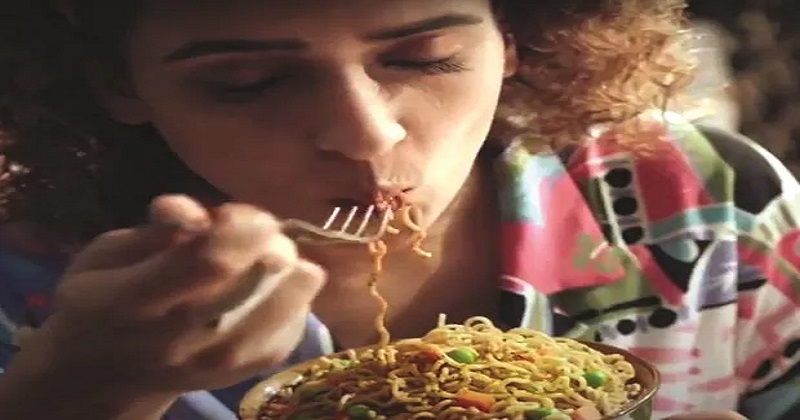
On March 24, 2020, the moment Prime Minister Narendra Modi announced a 21-day nationwide lockdown, Kejal Mehta rushed out of her Mumbai home to stock up at the nearest grocery store. Maggi packets were among the many things she bought that evening. Mehta lives alone and is dependent on her visiting cook for food. She stocked up on ready-to-cook meals after learning about the lockdown and figured she would be doing the cooking. Her favourite meal ended up being Maggi most days.
Maggi is often used interchangeably with instant noodles in India, as it is one of the oldest and most widely used brands of instant noodles in the country. In addition to being convenient, Maggi noodles are also easy to prepare – boil water, add the masala, and toss in the noodles, and you’re done. Add some veggies or green chillies, as well as a dollop of butter, if you’re feeling inspired. So, it’s no surprise that Maggi noodles flew off the shelves after the lockdown began. Nestle India posted strong sales in Q1 of 2020, despite the disruption caused by Covid-19, thanks to products like Maggi, Kitkat, and Munch.
During the pandemic, sales of ready-to-eat and ready-to-cook foods rose by 80%, and frozen foods went up by 500%, according to a Grofers spokesperson. During the pandemic, convenience was key for FMCG products. Maggi, on the other hand, was not just about convenience. After just a few days of the pandemic, Maggi’s stocks ran out, and the noodles brand was unavailable for a short time. Other brands like Sunfeast, Top Ramen, Koka, and Wai Wai made the most of this short window, but as soon as Maggi returned, people like Mehta quickly switched back. Brands spend millions trying to cultivate that kind of loyalty.
When the brand was launched in 1982, it was a runaway success with ’80s kids, and its popularity only grew with successive generations. Dr Kurush Dalal recalls that it cost Rs 2 when it was launched. Three kinds of food were available: chicken, vegetable, and masala, of which the last was the most popular due to its unique taste.
Its versatility may have contributed to Maggi’s initial popularity in the ’80s and ’90s. Maggi’s winning combination was part of the reason why it was able to penetrate a young market that was going to explode thanks to economic liberalization in the following decade, but it also helped that it was the only instant noodles brand that was accessible to the mass market for quite some time.
Maggi’s market share has fallen from 90% to 50-60%, but it still holds a special place in the hearts of millions of Indians, a reminder of simpler times. But what does nostalgia have to do with reaching out for a packet of Maggi during the epidemic? Dr. Hvovi Bhagwagar, a Mumbai-based psychotherapist who has seen nearly three times as many patients since the pandemic started, says food is an easy source of comfort during these stressful times.
In addition to serving nostalgia and convenience to multiple generations – from millennials to older Gen Z – Maggi does something else as well. According to Dr Bhagwagar, Maggi requires cooking, unlike Chips. ‘It requires starting a gas flame, boiling water, maybe adding vegetables too. These factors not only make you feel like you’re eating healthily, but also make you feel like you’re becoming an adult if you will’. This is evident in Google’s search trends. Searches for Maggi recipes peaked in April 2020 – during the nationwide lockdown when it was difficult to Zomato or Swiggy your food home – and remained there for most of the month.
Google searches for Egg Maggi recipes and Cheese Maggi recipes increased by 180% and 160%, respectively, between March 1, 2020, and January 11, 2021. As it turns out, in a time when we’re surrounded by uncertainty and loss, the only constant is a bright yellow packet of instant noodles whose familiarity enfolds us like a cocoon of comfort.

Post Your Comments